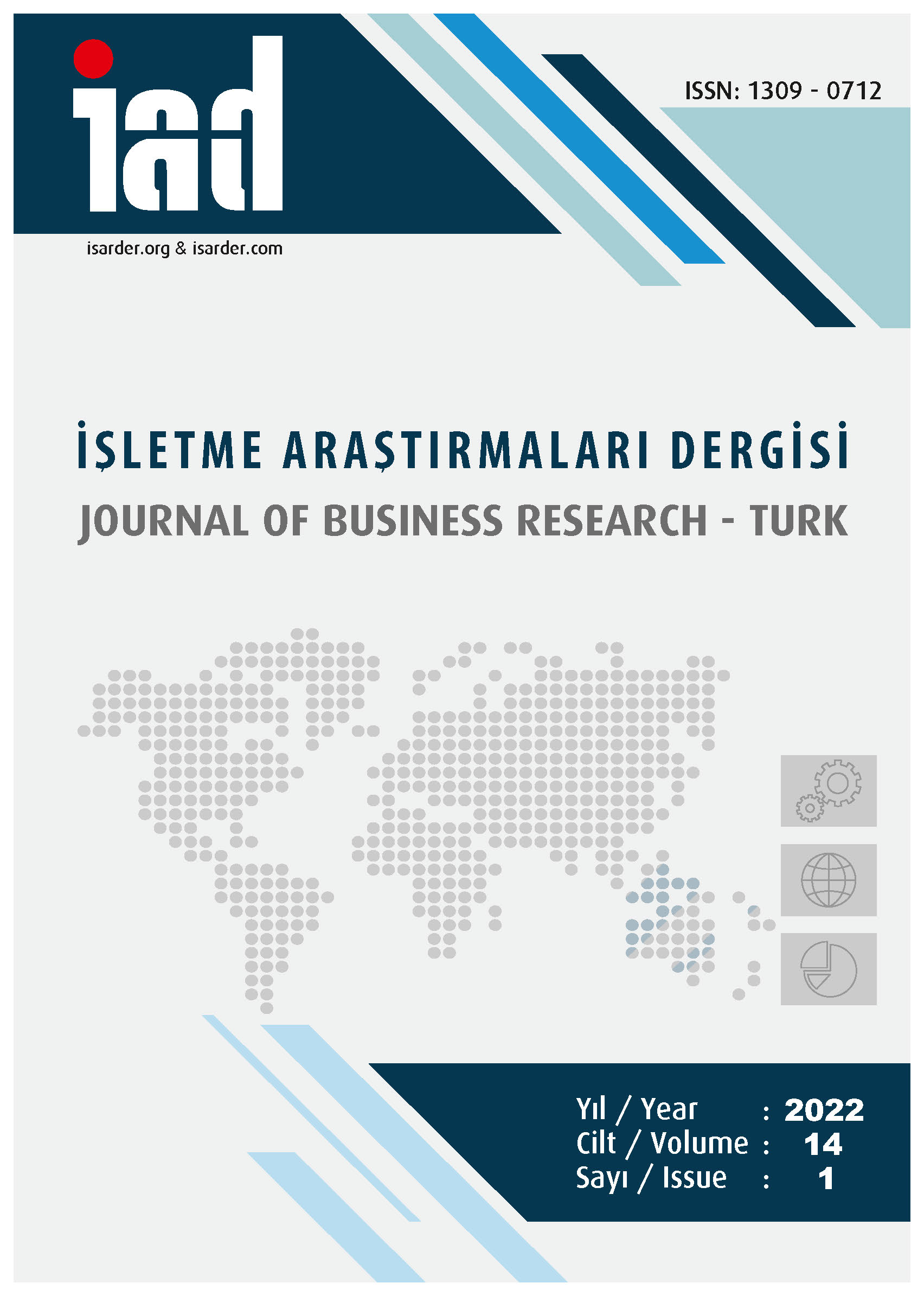The Effect of the Credit Market the Banking Sector in Turkey the Problem of Asymmetric Information: A Research With Dumitrescu and Hurlin Panel Causality Test
DOI:
https://doi.org/10.20491/isarder.2022.1367Keywords:
Asymmetric İnformation, Credit Rationing, Causality TestAbstract
Purpose – The aim of this study was to investigate the effect of asymmetric information problem loans in the banking sector of Turkey it is to test the validity of the credit rationing in the banking sector in Turkey. For this purpose, the variables of the ratio of total loans to total assets for the years 2001-2019 and the ratio of non-performing loans to total loans of banks included in the BIST BANK (XBANK) index were used. Design/Methodology/Approach – The variables of the ratio of total loans to total assets and the ratio of non-performing loans to total loans for the years 2001-2019 of banks included in the BIST BANK (XBANK) index were used and the relationship between these variables was analyzed with the second generation Dumitrescu and Hurlin Panel Causality Test. Findings – As a result of the Dumitrescu and Hurlin Panel Causality Test analysis, it was determined that the banks listed in the BIST BANK (XBANK) index were not credit rationing for the period examined. Discussion – As a result of the findings, it is determined that credit rationing is not valid and the regulations implemented in reducing asymmetric information, effective risk management, public regulations, strict practices for detecting good and bad customers, and credit market regulations. It can be said that the activities have a significant impact.
Downloads
Published
How to Cite
Issue
Section
License

This work is licensed under a Creative Commons Attribution-NoDerivatives 4.0 International License.





